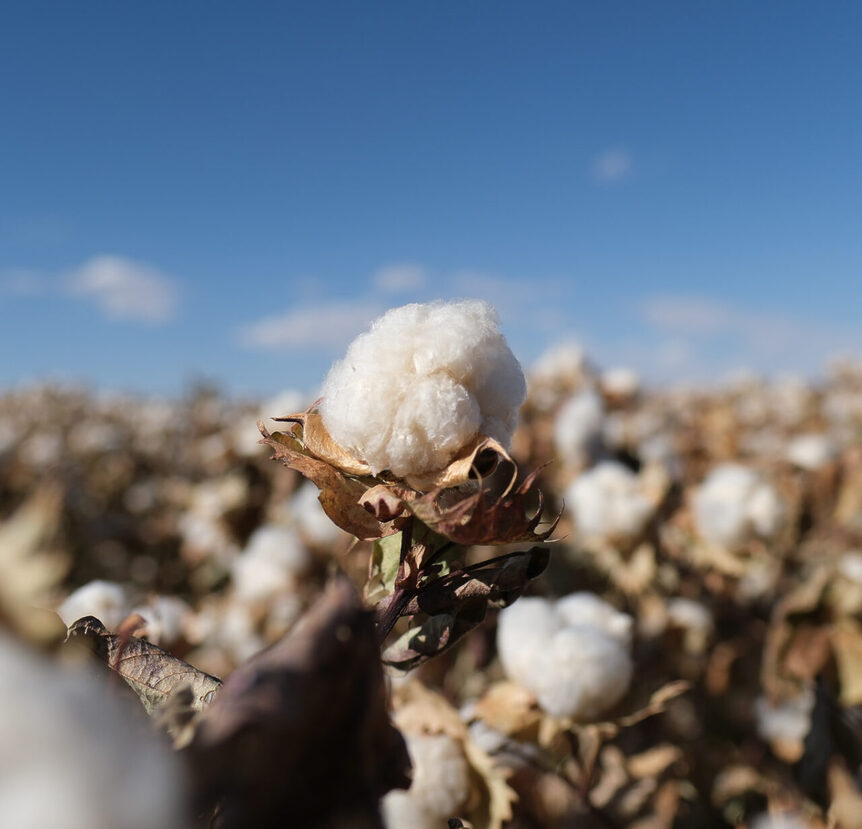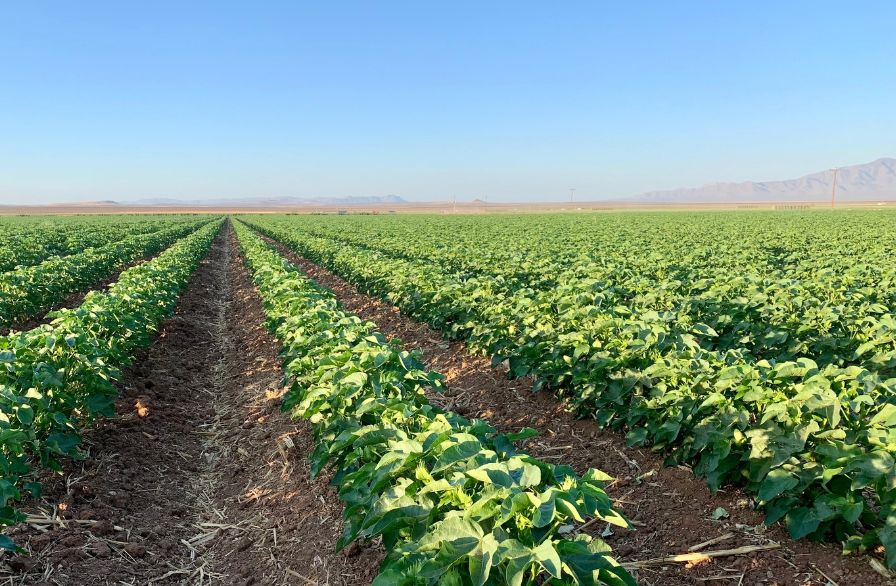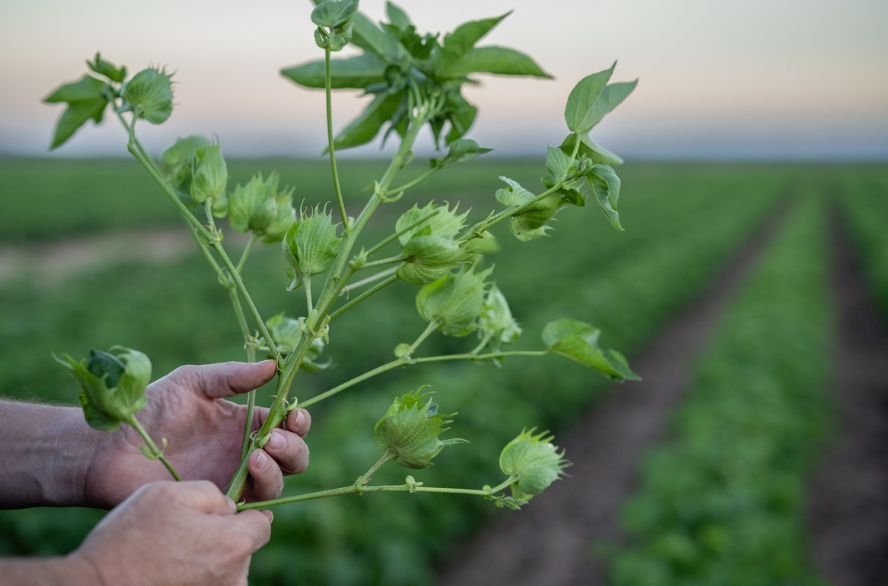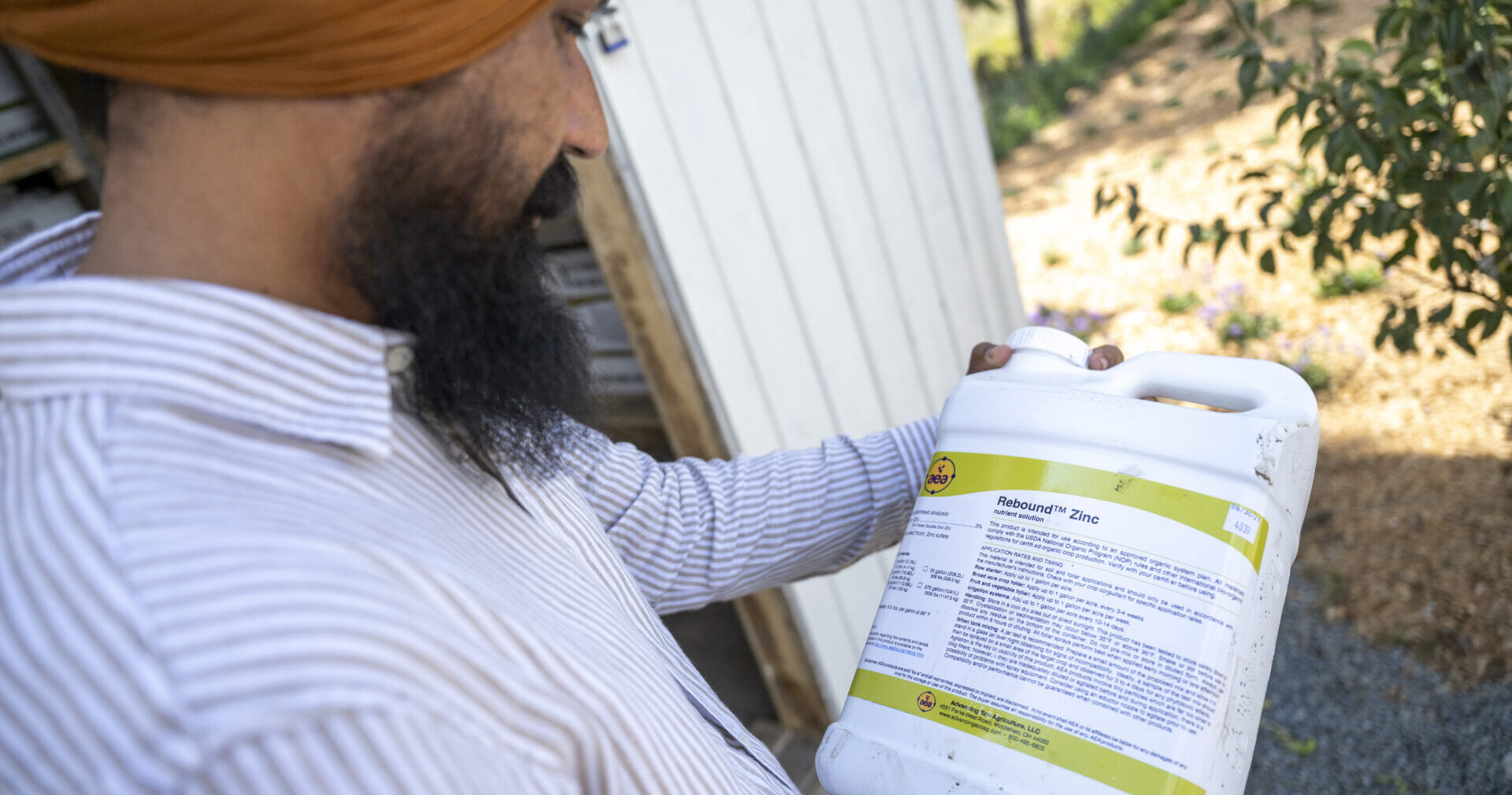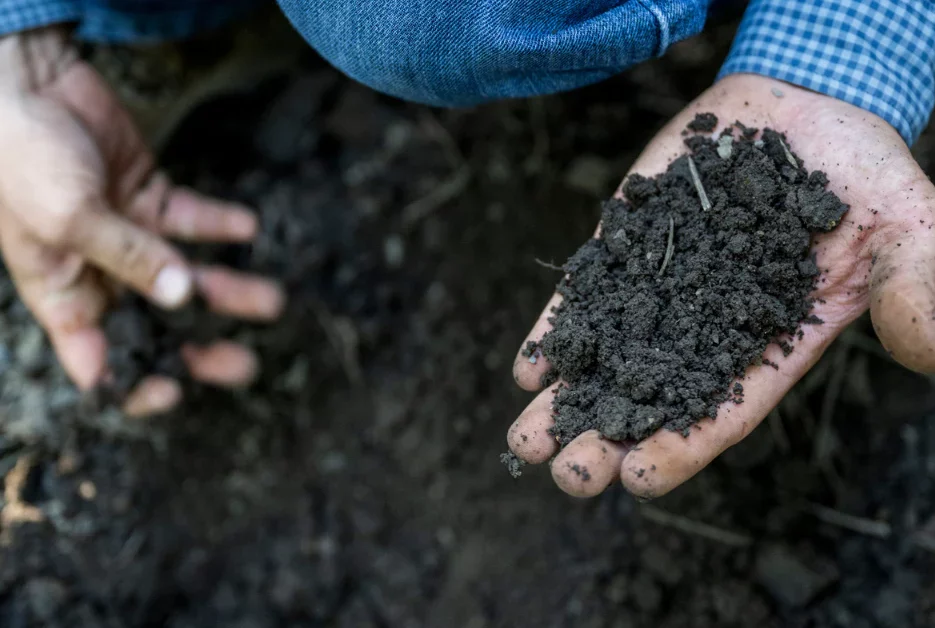We adopt a systematic approach to customize programs for fiber producers to achieve their goals.
Producers of cotton struggle with myriad challenges including boll retention, root rot, and pest pressure. Overuse of synthetic nitrogen and reliance on fungicides and insecticides fall short in solving these issues and may even compound them, especially during periods of high heat and low moisture. AEA crop protocols offer opportunities to:
- mitigate the effects of temperature extremes and drought
- balance vegetative and reproductive growth without PGRs
- preemptively reduce yield loss with mineral nutrition and biological treatments
- slowly reduce nitrogen and other inputs
- increase fiber quality
Focusing our efforts during the Critical Points of Influence (CPIs) – those points during the crop lifecycle when nutritional applications bear the most influence on successful crop development – we manage macro- and micronutrients using existing agronomic and sap analysis data to supply the essential nutrients to plants.
This approach to balancing nutrition is built on a foundation of plant health-promoting biological applications for a well-rounded and effective approach to hemp and cotton production and crop health, tailored to achieve outcomes that support attaining crop quality markers, profitability, and bottom line objectives.

A balance of vegetative and reproductive energies is of the utmost importance for a cotton crop.
Plant growth regulators (PGRs) place significant stress on the plant, putting it into proteolysis and making it more susceptible to insects and diseases. Excessive nitrogen levels will increase the probability of incomplete protein synthesis in the plant, making it more vulnerable. AEA has a proven capacity to help cotton producers reduce PGRs and nitrogen inputs while increasing yields. As plant health improves, resistance to insect and disease pressure increases, leading to eliminated or reduced insecticidal and fungicidal applications.
How can AEA’s regenerative approach help fiber crop growers?
We strive to improve the quality metrics that matter most to fiber crop growers like input reduction, higher lint quality, square retention, increased boll size, cleaner harvest, better utilization of growing days, increased tonnage per acre, and maintenance of THC concentration under .3% for hemp.
What challenges that cotton growers face can be overcome with AEA’s regenerative approach?
Our nutritional recommendations can help to mitigate or solve challenges like Southwest cotton rust, Texas root rot, bollworm, boll drop, cotton aphid, thrips, and plant bugs/weevils.
What are among the most important CPIs for cotton crops?
Integral to a successful cotton harvest are the applications made at the time of planting to encourage a strong start and thwart early season thrips infestation at emergence – one of the early points during which yield can be positively influenced with nutrition. During pre-bloom, targeted nutrients help to ensure a strong frame and meet high nutrient demand during the peak bloom period. AEA’s custom crop nutrition programs finish out crops to maturity by supporting complete boll fill.

